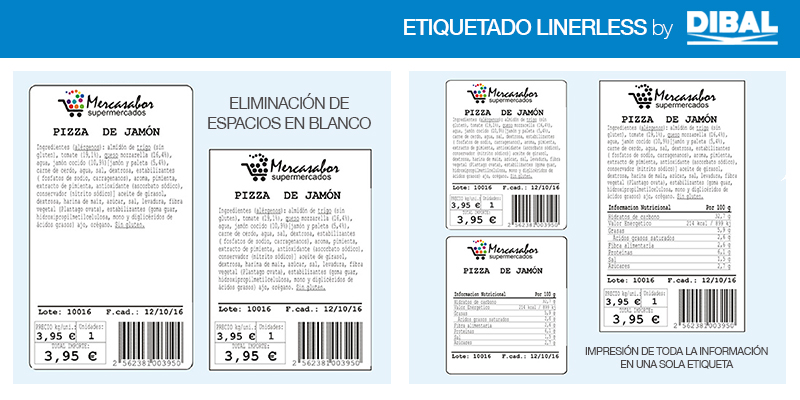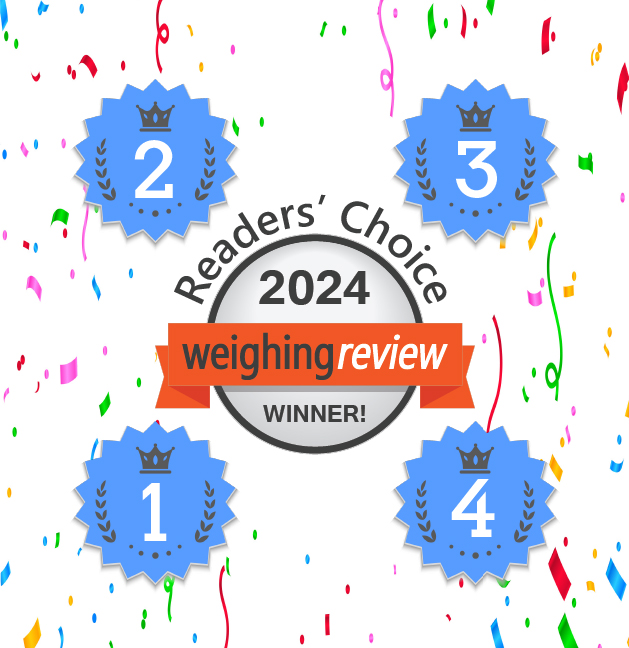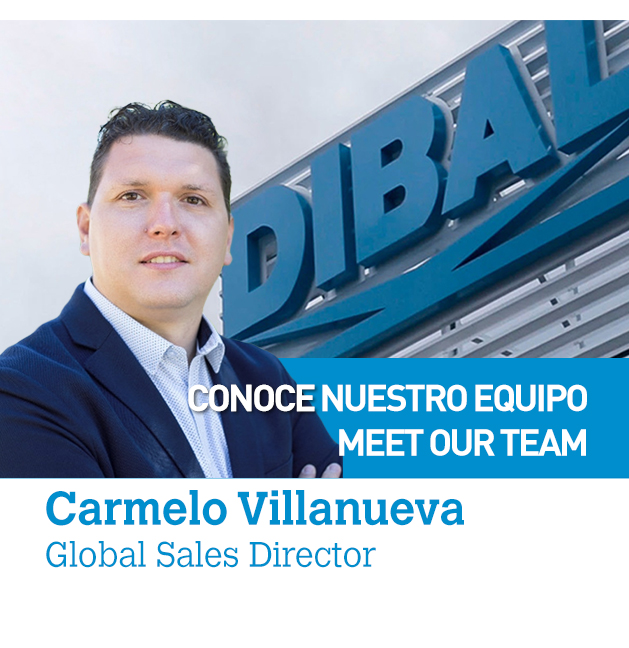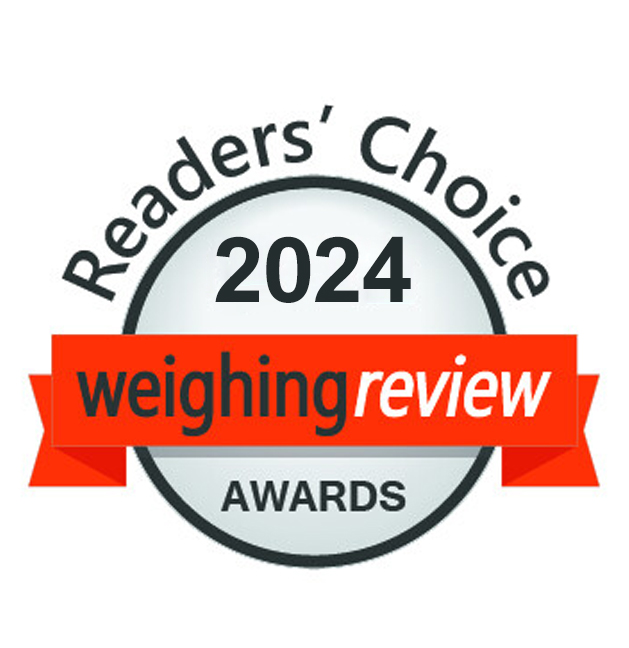- Linerless labels have become popular due to their contribution to environmental care and their optimal use: their size adjusts to the exact amount of information to be printed
- Consumers are increasingly concerned and aware of the products they take home. Therefore, they demand clear and concise information on food, such as ingredients used, nutritional value, allergens, etc.
- Labels contribute to products´ appearance, and the more charming the label, the more attractive the final result
Food Product Labelling: Trends and Best Practices

´Piece of paper, cardboard or other similar material, generally rectangular, attached to an object or good for its identification, valuation, classification, etc.´
This is the definition of a product label according to the RAE (Royal Spanish Academy), which mainly refers to 2 aspects:
- MATERIAL: what the label is made of.
- FUNCTIONALITY: what it is for.
The definition by the RAE, just like others, represents some kind of frame, providing their general characteristics as clearly and exactly as possible. The purpose of this post is to provide that ´skeleton´ with more content and to show you, by the way, some trends and best practices in the food product labelling based on our more than 30 years´ experience as manufacturers of manual and automatic labelling machines.
If you want to learn about our range of labelling solutions for the industry, click on this link.
LABEL MATERIAL
We have noticed a considerable increase in the use of linerless labels, which do not use back paper as pre-cut labels. Linerless labels are self-adhesive labels and there are 3 main reasons for their success:
- They do not generate waste. Optimal use as they do not have back paper. There is not another layer of paper to which the adhesive roll is adhered, as it is rolled upon itself.
- The size of the label adjusts to the exact amount of information to be printed. This is not the case with pre-cut labels, which have a set length and width.
- A linerless label roll takes up less space than a pre-cut label roll, having both the same number of labels.
Nowadays, DIBAL does not sell labels. However, the company designs, manufactures, and distributes equipment suitable for printing both pre-cut and linerless labels. Linerless labels can be used in retail scales and industrial equipment. Recently, they have been widely used in retail scales.
LABEL FUNCTIONALITY
What should a food product label be used for? Simple: providing the consumer with useful information. And clarity determines usefulness.
Consumers demand clear information about what they take home. They want to make informed decisions based on knowledge about ingredients used, nutritional values, allergens, etc. Besides, there is an increasing acceptance of brands that go beyond everything established by European standards and guidelines and provide access to other complementary data on the product through BIDI or QR Codes.
In the case of fresh or pre-cooked products, the label should not cover or hide the food, so that the consumer can clearly appreciate its appearance and freshness. In this regard, transparent or naturally designed labels are a great option.
Moreover, label colour also helps with identification. Social imaginary associates certain colours to food groups: green to fruits and vegetables, blue to sea products, pink to meats, yellow to bread, etc.
As a labelling machine manufacturer, DIBAL knows the viewpoint of those responsible for labelling (such as brands or establishments): labels must be prepared to withstand, for example, humidity, temperature, exposure to light, etc., as well as have a high-quality printing, and clearly visible information. Of course, always under the best possible economic conditions.
Another product ingredient
At this point, the question we usually get asked is, considering the needs and priorities of the different participants of this process (consumers, brands, and legislators), Is there room for creativity in food product labelling?
The answer is a decisive yes. In fact, DIBAL considers that a label is just another product ingredient that also makes the consumer choose a product over another. Therefore, labels require a lot of time and effort. Creativity can be developed in several labelling areas: materials, shapes, design, information displayed, typography, use of bold, italics... Even scents! The wine and perfume industries are clear examples of the level creativity can reach in labelling.
It is a fact appearance matters when buying, and labels are part of products´ appearance. The more charming the label, the more attractive the final result.
DIBAL designs, manufactures, and sells manual and automatic high-speed labelling machines. Controlling the whole process gives us an advantage that benefits us: we offer solutions tailored to really specific needs. We can obtain labelling machines that comply with market requirements using standard equipment. This is fostered by the fact that 40% of our team is committed exclusively to software and hardware development.
Do you have any needs in terms of labelling? Click on this link and leave us a message. We can surely help you.



